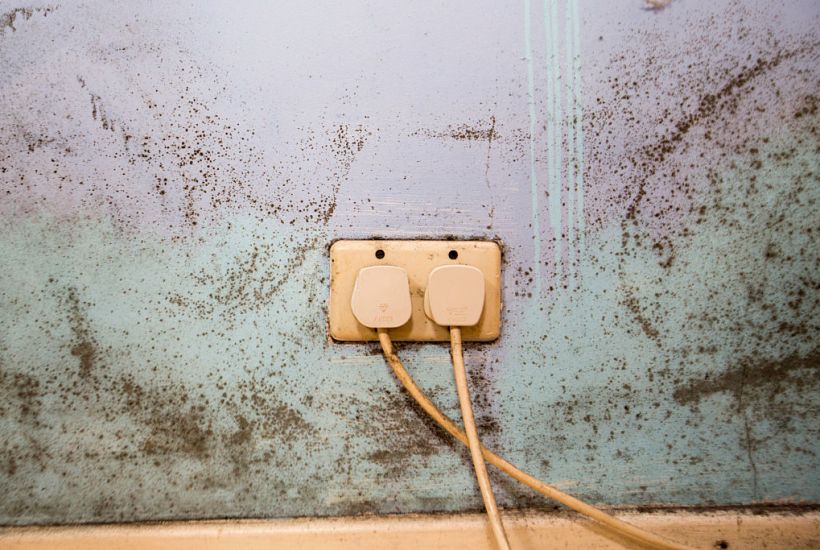Are large numbers of children in Britain being killed by black mould in their homes? That seems to be the assertion made by Amnesty International in a short film featuring Olivia Colman. Colman plays a lapsed lawyer whose career is reignited by the injustice suffered by a neighbour whose baby dies.
Already a subscriber? Log in
Subscribe for just $2 a week
Try a month of The Spectator Australia absolutely free and without commitment. Not only that but – if you choose to continue – you’ll pay just $2 a week for your first year.
- Unlimited access to spectator.com.au and app
- The weekly edition on the Spectator Australia app
- Spectator podcasts and newsletters
- Full access to spectator.co.uk
Or





















Comments
Don't miss out
Join the conversation with other Spectator Australia readers. Subscribe to leave a comment.
SUBSCRIBEAlready a subscriber? Log in